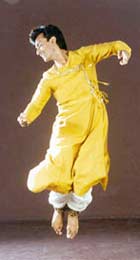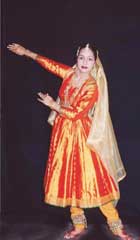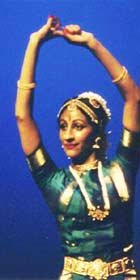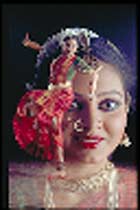Centuries ago, travellers - adventurers,
merchants, men of arts and literature - came to India with different
targets in mind. Some came seeking fortune, patronage, wisdom,
knowledge, inspiration and/or salvation, while others came in search of
spices, ivory, sandalwood and timber. India, the timeless mystery, with
its eternal natural beauty has always fascinated the foreigners - the
Persians, Phoenicians, Greeks, Romans, Arabs, Portuguese, Dutch, French
and finally the British. They sailed the high seas and ran high risks to
reach their final destination:
In the year 1498, the Portuguese, Vasco de Gama, landed at the south
western coast of India. Subsequently, his compatriots established many
trading posts from Gujarat to present day Kerela. After sixteen hundred,
the Dutch East India Company (Verenigde Oostindische Compagnie)
took over the spice trade from the Portuguese. They obtained Indian
calicoes and valued commodities like fine chintz, pepper and indigo. By
the mid 1690, the V.O.C. expanded its operation to West Bengal.
They established a trading post in Chinsurah, near Calcutta, from where
they bought saltpetre, opium, raw silk and metals for export to Europe.
India was no longer the Orient - the fabulous land of the Middle
Ages. It was the country of the Vedas, Upanishads,
temples, maharajas, gurus, age-old cultures, different
races, fascinating languages, exotic styles and richness, not to forget
the timeless mystery and beauty. Thus, India became the most known land
outside Europe in eighteenth century.
There were commercial and academic contacts between the Netherlands and
India during the British rule. Sanskrit was taught at Leiden University
as far back as 1865. Hendrik Kern was inaugurated Professor of Sanskrit
on 18 October 1865 at the university. Indian literature made an inroad
into Dutch literary circles.
One of the earliest Indian classical works, studied in the Netherlands,
was Kalidasa’s Shakuntala,
and so was the Bhagavad Gita, another key to the treasure house
of India’s thought, history and culture. Modern thinker-writers
such as Vivekananda, Aurobindo, Rabindranath
Tagore too had their admirers in the Netherlands. The Dutch
interest was much deeper than something purely academic. India was the
land of spiritual wisdom and ancient texts, full of philosophical
insight, written in a language of a civilisation, which blossomed even
before Europe had any idea of the use of paper. The Indian wisdom was
placed above the Western knowledge. This spiritual wisdom of India was
self evident, like vodka and Russia, whisky and Scotland, wines and
France, and cheese and the Netherlands.
Non-violent and peaceful struggle for the independence of India
eventually bore fruit, and finally the world witnessed the emergence of
India as an independent nation on 15 August 1947. A new phase in
Indo-Dutch relationship started.
The Seventh largest and second most populous country in the world, India
has long been considered a country of unrealised potential. A new spirit
of economic freedom is now stirring in the country, bringing sweeping
changes in its wake. A series of ambitious economics reforms aimed at
deregulating the country and stimulating foreign investment has moved
India firmly into the front ranks of the rapidly growing Asia Pacific
region and unleashed the latent strengths of a complex and rapidly
changing nation.
India is at present one of the most exciting emerging markets in the
world. Skilled managerial and technical manpower that match the best
available in the world and a middle class whose size exceeds the
population of the USA or the European Union, provide India with a
distinct cutting edge in global competition.
The following pages include some links which might be of interest to
Indians as well as the Dutch.
Useful Information |
   |



